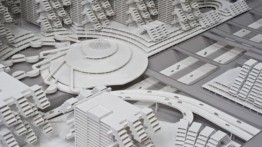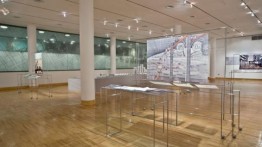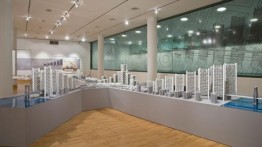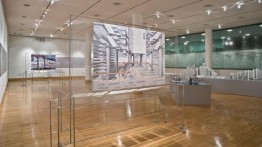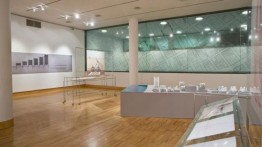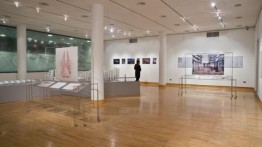Paul Rudolph: Lower Manhattan Expressway
Fri, Oct 1, 2010 12am - Sat, Nov 20, 2010 12am
The Irwin S. Chanin School of Architecture of The Cooper Union presented Paul Rudolph: Lower Manhattan Expressway, organized in collaboration with The Drawing Center. The Lower Manhattan Expressway (LME) was conceived in the early 1960s as an innovative multi-use expressway system running across lower Manhattan. Had it been constructed, this major urban design project would have transformed New York City's topography and infrastructure.
Approximately 30 full-scale reproductions of drawings, prints, and photographs dated from 1967-1972 were on public view for the first time in the Houghton Gallery at The Cooper Union. These works from the Paul Rudolph archive at the Library of Congress were shown together with a reconstruction of Rudolph's model of the LME project created by students of the School of Architecture. Presenting the only record of Rudolph's visionary proposal, this exhibition illuminated Rudolph's unique approach to architectural drawing and highlighted the fundamental importance of drawing in his overall practice.
The exhibition design integrated Rudolph's innovative interior design sensibilities with his conceptualization of space; a selection of work was presented in a freestanding modular display system that recalled the framework of his famed Lucite chair, designed in 1968. This exhibition was co-curated by Jim Walrod and Ed Rawlings, Principal, Rawlings Architects.
Paul Rudolph: Lower Manhattan Expressway was made possible by the Graham Foundation for Advanced Studies in the Fine Arts and with public funds from the New York State Council on the Arts, a State agency. Additional support was provided by Hester Diamond and Anne H. Bass.

